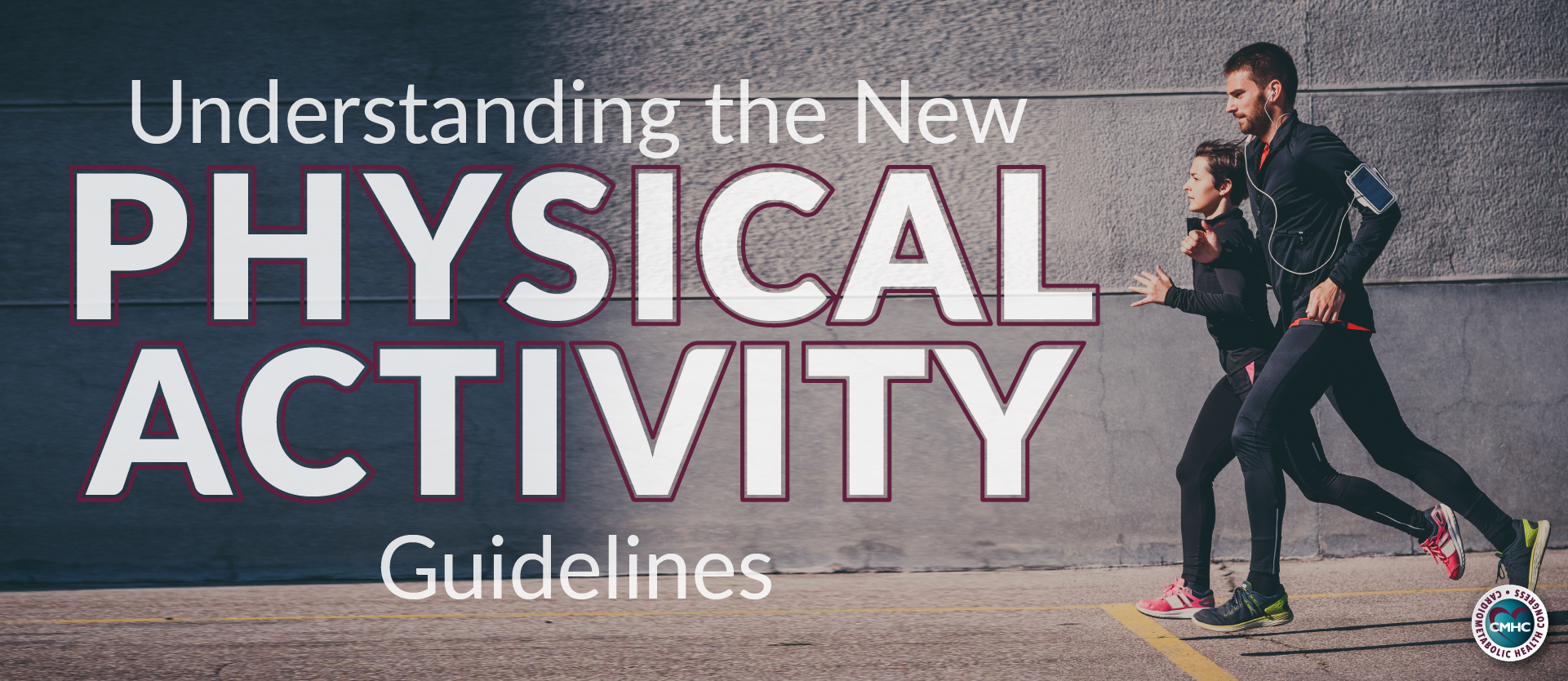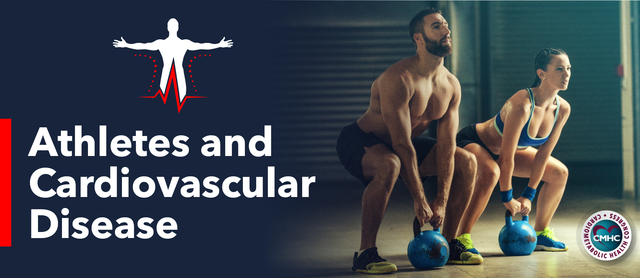Recently released by the U.S. Department of Health and Human Services, the second edition of the Physical Activity Guidelines for Americans offers recommendations for children and adolescents between 3 and 17 years of age: outlining the importance of regular exercise, and “moving more and sitting less.” Described as a critical resource for not only health professionals & practitioners but also policymakers, the guidelines serve as a supplementary resource in the ongoing effort to combat the high rates of chronic diseases—many of which are related to low rates of physical activity.
While the first edition of the guidelines was originally released a decade ago, and physical activity overall has generally improved since its release, the guidelines report that only 26% of men, 19% of women, and 20% of adolescents report sufficient amounts of physical activity. During a press conference, Brett P. Giroir, MD, assistant secretary for health for HHS emphasized the importance of the applications in the guidelines. “Inactivity causes 10% of premature mortality in the United States,” he stated. If only one quarter of inactive people could meet the guidelines and recommendations, approximately 25,000 deaths would be prevented in the country.
While physical activity can demonstrate immediate benefits including improvement in sleep hygiene, anxiety & blood pressure reduction, and improved insulin sensitivity—as shown in the report’s presentation of scientific evidence—the recommendations included in the guidelines reinforce more long-term benefits. Physical activity can improve cognition in children, mitigate the risk of postpartum depression, and help stave off dementia, Alzheimer’s disease, and excessive weight gain. Additionally, physical activity helps aid in the prevention of certain types of cancer.
The guidelines recommend specific amounts of exercise, including at least 60 minutes of ‘moderate-to-vigorous activity’ for children and adolescents between 6 and 17. Suggestions for adults recommend at least 150 to 300 minutes per week of moderate-intensity aerobic activity, coupled with muscle-strengthening activity 2 days per week. Moreover, the guidelines stress that adults should “move more and sit less,” since findings indicate that increased sedentary behavior has a strong correlation with cardiovascular disease, high blood pressure, and overall mortality. While the first guidelines recommended 10 minutes of physical activity per day, this edition states that Americans should simply move more frequently throughout the entire day, and that health benefits can be accrued from even small amounts of exercise.
In a related viewpoint published in JAMA, Giroir and Don Wright, MD, MPH from the HHS Office of Disease Prevention and Health Promotion write that these strategies could potentially yield “tangible increases in physical activity levels in the United States, and, as a result, reduce ever-increasing rates of chronic disease and burgeoning health care spending.” They further highlight the importance of physicians, health care professionals, and community & national leaders to take action in “this important call to Americans to make simple lifestyle changes that will improve longevity and quality of life.”
Nevertheless, given that an estimated 80% of adults do not currently meet the standards for sufficient physical activity, the guideline-recommended levels will remain a challenge, and require a comprehensive, coordinated approach from several sectors of society.
ADDITIONAL SOURCES
Pate RR. Department of Health and Human Services’ Physical Activity Guidelines for Americans. All presented at: American Heart Association Scientific Sessions; Nov. 10-12, 2018; Chicago.








